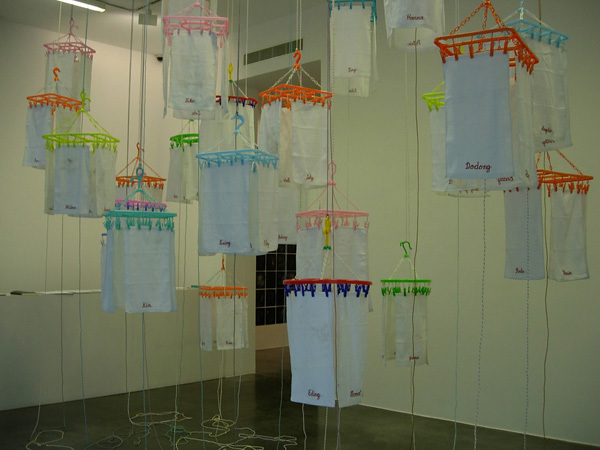
Sweat memories (Towel), 2008. Installation. Variable dimensions. 24 clothes dryers and 96 towels. Unique edition. |
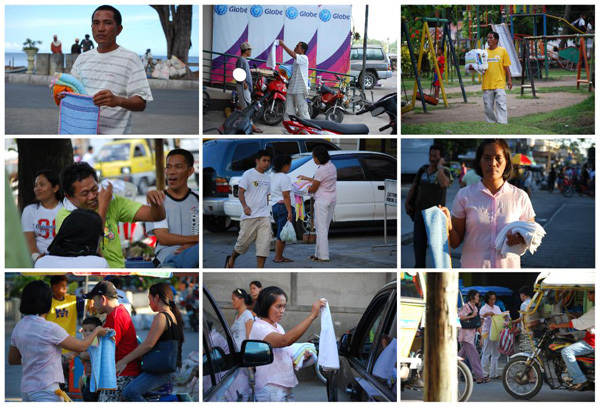
Sweat memories (DVD), 2008. DVD. 4' 30". Edition of 5+E.C. |
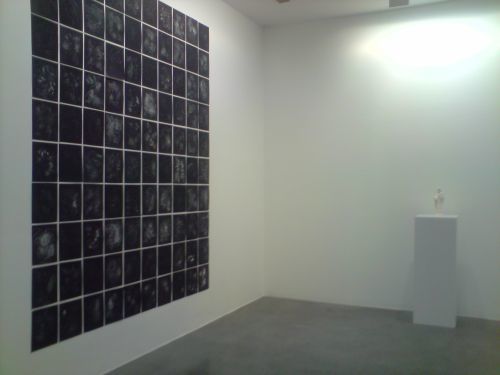
Once there was a Virgin and her Kid, 2008. Marble dust on sandpaper, plinth and esculpture. 28 x 23 e.o. (100 units). Unique edition. |
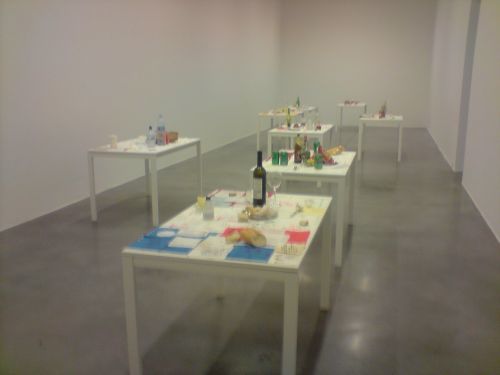
Dinner dates, 2008. Installation. 8 tables. 125 x 75 x 74 cm. each table. Unique edition. |
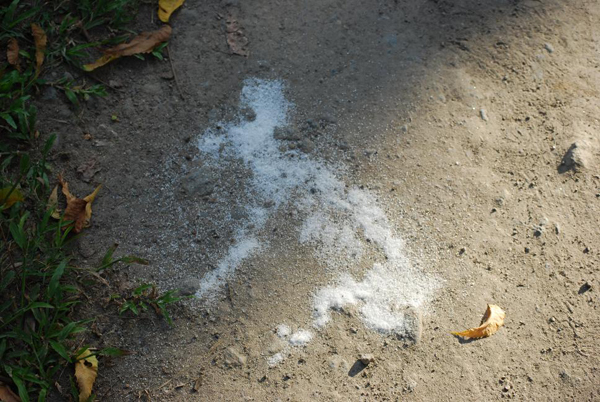
Sugarland, 2008. DVD. 2' 26". Edition of 5+E.C. |
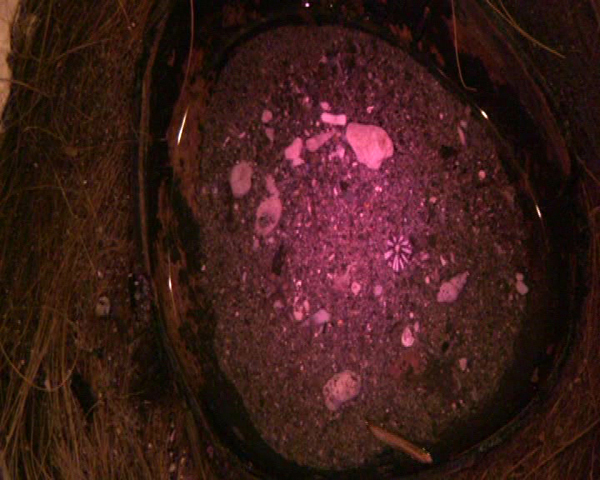
Homecoming, 2008. DVD. 16' 36". Edition of 5+E.C. |
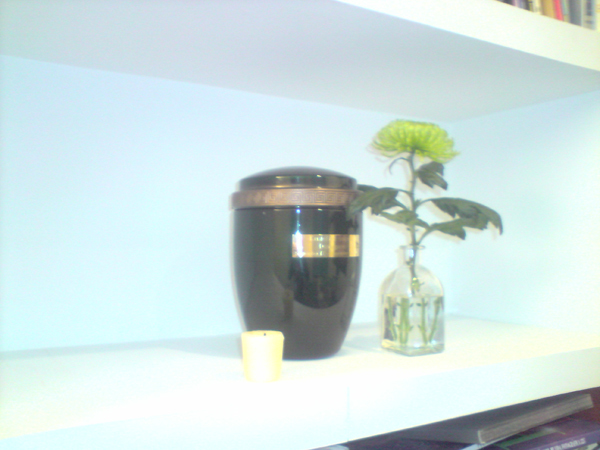
Dumaguete ashes, 2008. Object/Installation. 21 x 16 x 16 cm. Unique edition. |

Take me from here boy, 2008. DVD. 4' 59". Edition of 5+E.C. |
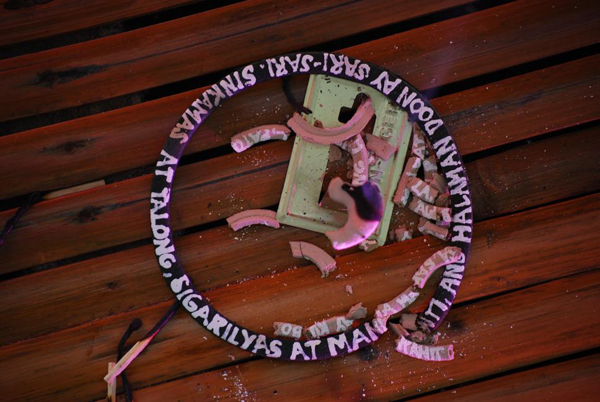
Unsung lullaby, 2008. DVD. 22' 15". Edition of 5+E.C. |
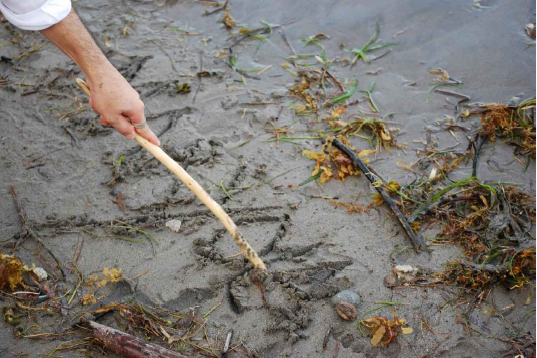
Pure shores, 2008. DVD. 22' 56". Edition of 5+E.C. |
Ardeña explores the intricasies of memory through a series of multi-format projects that fluidly move between public intervention, performance, video, installation, photography, object, sculpture and drawing.
In Sweat Memories, he explores the relationship between the body and memory through the sweat of 100 people.
Far from getting into the conundrums of a post-colonial discourse, he sheds away his cultural and religious upbringing by erasing a marble effigy in Once there was a Virgin and her Kid leaving us with a series of 100 marble dust drawings on sandpaper.
Ardeña writes on hundreds of table napkins, collected since January 2008, the date, time, kind of food, the company he kept and sometimes the anecdotes related to each encounter. Dinner Dates takes us to Bucharest, Paris, Madrid, Luxembourg till we reach the coastal city of Tacloban in Leyte, a Philippine island that borders the Pacific Ocean where each fragile piece of tissue paper tells a story of a fleeting moment in relation to food and the events that occur in relation to it.
We then travel to Dumaguete, Ardena’s hometown, where he explores the relationship between place and memory in various videos. In Sugarland, you can see ants deconstructing a topographical sugar map of the Philippines. Pure Shores shows Ardeña’s attempt to write in vain the 95 nicknames of his highschool classmates along the sea shore only to be erased by the waves. In Take me away from here boy, a guitarist, composes a song as a tribute to Ardena’s childhood life. Another video, Homecoming, celebrates the eternal return to one’s homeland as a child’s play. Instead of using firecrackers, like a kid, he collected pods from wild weeds that burst when in contact with water. In the video, the scenario takes place in a coconut shell, that Ardeña picked up from the beach, filled with tiny shells and sea water. Lastly, we have Unsung Lullaby, a Filipino children’s song written on a Lion-Tiger brand anti-mosquito incense that literary turns into ashes.
Lastly a series of artist books –a diary, a sketchbook and a notebook made during his last trip to the Philippines, another notebook and lastly a 2008 agenda– all erased leaving us only traces of what was once written or drawn.
Particularly, in this exhibit, he explores ways in presenting artworks –to have access to the artist books, the people have to interact with the gallery staff in order to see and feel them. Thus, extending the intimacy intrinsic to each book, through a sporadic encounter. Another aspect of the show is how photo series that accompany certain projects are not shown, but are produced in dialogue with the interested party involved.
Ardeña shows us his capacity to experiment from one medium to another and in this exhibit, instead of exasperating a single narrative, merely introduces us to some of the issues pertinent to his artistic trajectory.

